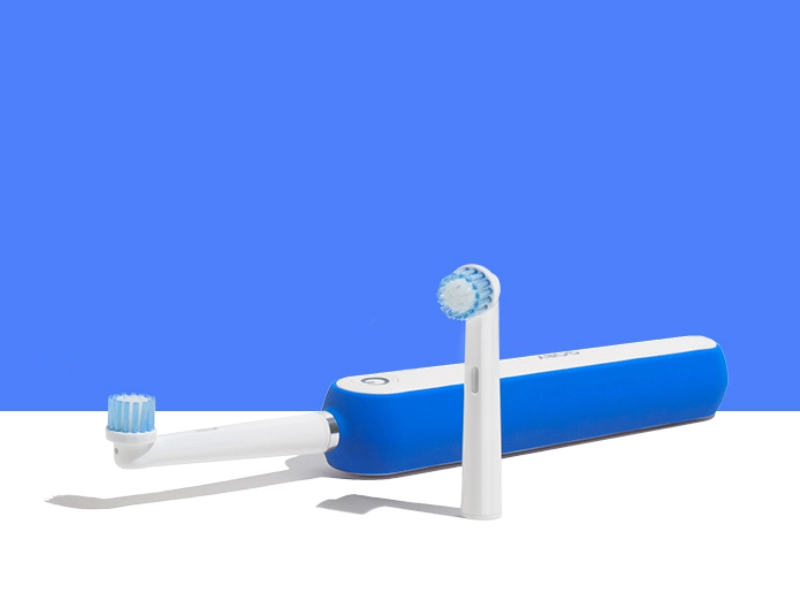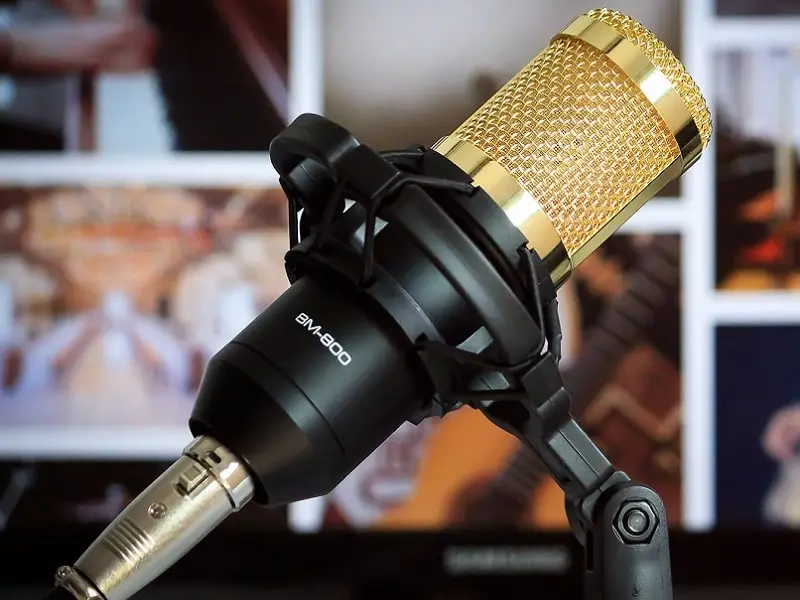The annual Individual Physical Proficiency Test (IPPT) can be a bane for more sedentary test-takers. But if you belong to the camp wanting to know how to train for IPPT to snag that sweet $500 incentive, you’re in the right place!
As someone who has stayed consistent with my fitness regime and earned the $500 reward for two years straight, I’ve put together an in-depth guide with tips on how to train right. Read on to find out more.
IPPT training strategy and tips
Before plunging into specifics, here are some training tips to keep in mind:
- Consistency is key! Just like how Rome wasn’t built in a day, this guide won’t instantly make you an IPPT specialist. Starting a new workout routine is always hard but keep at it and you’ll see results in no time!
- Don’t neglect your static stations. While a fast 2.4km run timing will earn you plenty of points, solid scores for sit-ups and push-ups can give you some leeway in your run time. For instance, using Age Group 3 as reference, doing 54 reps for both your sit-ups and push-ups will give you a total of 48 points. This increases your cut-off time to 11m20s!
- Stretch and give your muscles time to recover. Although you should be giving 100% during training sessions, you’ll also need to rest on days where your muscles are sore from prior routines
- While you could prepare for IPPT with body weight training, I chose to include weightlifting training exercises because they’re the quickest way to put on some muscle
How to train for IPPT push-ups
Pegged by many as the quintessential body weight exercise, push-ups are easy to execute but hard to master. Just imagine, nearly 70 per cent of your body mass is solely supported by your hands only! Without practise, bad habits like arched backs can crop up for those who aren’t used to doing regular push-ups.
Here are some of my favourite exercises to do that builds the necessary strength for more push-ups.
Bench press
Major muscle groups: Chest, Arms and Shoulders
One month is a short period of time, so I’ll aim to hit all the major muscle groups essential for push-ups. The bench press is an effective compound exercise that forces you to activate your chest, arm and shoulder muscles all at the same time! Although bench presses focus more on strength building, they’ll condition you to feel more comfortable with pressing your body weight off the ground as you perform push-ups.
How to:

- Align your body with the barbell so it lies in the mid-chest region as you’re lowering it
- Brace yourself when un-racking the barbell and gradually lower the barbell till it’s close to chest level
- Exhale and use a pushing motion to press the barbell upwards until your arms are in full extension. That’s one rep.
- Since bench presses are generally considered strength-building exercises, I recommend doing three sets of 10 reps so you’re improving muscular endurance instead. This can help when you’re trying to get as many reps in as possible within IPPT’s one minute push-up limit.
Overhead triceps extension
Major muscle group: Triceps
When undergoing IPPT training exercises, tricep muscles are often neglected because they don’t seem to play a huge role in the push-up’s motion range. This can’t be further from the truth. A strong tricep is instrumental in extending the elbow joint when pressing up from a push-up. My recommendation is to include overhead tricep extensions into your workout to strengthen the often overlooked rear arm muscles.
How to:

(Credit: Bryant Tay)
- Before beginning, start by positioning one foot in front of the other while bracing your core and holding the weights with a tomahawk grip
- While keeping your elbows close to your head, push outwards and extend your elbows until they’re locked out
- Complete the rep by contracting your triceps and returning to the original position
How to train for IPPT sit-ups
Avoided among the fitness community for causing injuries due to the gap between your lower back and the floor, sit-ups can be tough because of the immense abdominal muscle and spinal pressure involved. Thankfully, with the right training and practice, you can excel in IPPT sit-ups. Here are some exercises to help strengthen your abdominals and adopt a better form!
Pro tip: Avoid anchored-feet sit-ups. This causes anterior tilt (gap between lower back and floor) and isn’t the best way to workout your abs
Reverse crunch
Major muscle groups: Lower abdominals
Wary about spinal damage while you’re trying out sit-ups from guides on how to train for IPPT? Why not try an exercise that adopts a neutral spine position? I personally like reverse crunches because they help flesh out your abs and give your abdominal muscles definition while helping you to build overall core strength and stability. I’m also less likely to develop lower back pain since my spine is forced into a neutral position.
How to:

- Lay down on a flat surface like a yoga mat back-first with your palms face down
- Begin by lifting your legs till your feet are pointing upwards and your hips are fully flexed
- Then, lower your legs in a controlled motion until your ankles are close to touching the ground while keeping your back flat
- For added difficulty, straighten your legs. This exerts more strain on your lower abdominal muscles because of the effort needed to keep your legs straight as they’re descending.
Flutter kicks
Major muscle group: Abdominals, Quads and Glutes
To target the lower abdominal muscles, I prefer to incorporate Flutter Kicks to improve my overall core strength. Working on both your abdominal and leg muscles, flutter kicks provide a decent challenge for those tired of crunches and want to ramp up the intensity.
How to:

- Lay flat on the ground, clench your fists and place them beneath your glutes. This offers your legs more range of motion during the kicking action
- Brace your core and lift your shoulders and upper torso off the ground so you’re engaging your upper abdominal muscles
- Begin kicking your legs up and down, while keeping them straight and resisting the urge to let your heels touch the ground
How to train for IPPT’s (dreaded) 2.4km run

Compared to the static stations, there’s no true substitute to actually running itself. Nothing quite matches the intensity of pacing yourself for a bout of strenuous running. Personally, I felt the biggest challenge is managing my overall stamina and running pace. As someone who doesn’t run regularly, finding that sweet spot between running at a quick enough speed and having enough energy to make it past the finishing line can be tough. To help with pacing issues, I recommend training on a treadmill. Short treadmill runs can allow you to adjust your overall stride and gait for the 2.4km run itself. There’s even the added benefit of allowing you to run indoors, regardless of the weather!
Workout-wise, I found interval training programmes like Fartleks the most effective in improving my 2.4km running time. It’s a running routine where you alternate between sprinting for 200m and slow jogging for the next 200m before swapping back to sprinting. This ultimately conditioned me for different running paces for IPPT day itself!
Final tips for IPPT day
- Get plenty of rest and hydrate yourself so you’re in the right physical and mental state
- Practise good form by tightening your leg muscles and bracing your core so you aren’t wasting your energy with improper reps. Nothing kills the momentum faster than hearing ‘straighten your back’ or ‘cup your ears!
- Stock up on your favourite sports and energy drinks when training. These can supercharge your efforts and give the boost you need to squeeze in those extra reps.
Acing the test and getting that sweet $500 gold IPPT reward
With these handy tips, we hope you’ve managed to learn plenty on how to train for IPPT effectively so you’re minimising time taken and maximising what you gain from your training. As someone who struggles with running and pacing myself, these exercises helped me immensely. The points earned from the static stations helped to cushion the blow of my less-than-ideal run timing! By adjusting my gym routine and incorporating running exercises, I found it much easier to approach the IPPT with this calculated approach.
Done with how to train for IPPT and keen on bringing that existing momentum towards maintaining your fitness levels? Why not read up on our comprehensive guide to gymming for beginners? Also, consider equipping yourself with a pair of the best men’s running shoes before IPPT training.
New to Shopee? Get $7 off (min. spend $15) with code*: GOTGOLD
* TNC Applies. Valid for new users from 25 Apr to 2 May 2020 only.





![(Credit: Jonathan Borba / Unsplash [Cropped])](https://shopee.sg/blog/wp-content/uploads/2024/02/best-personal-trainer-featured-360x180.webp)
![affordable activewear in singapore [featured]](https://shopee.sg/blog/wp-content/uploads/2024/11/affordable-activewear-in-singapore-featured-360x180.webp)


















